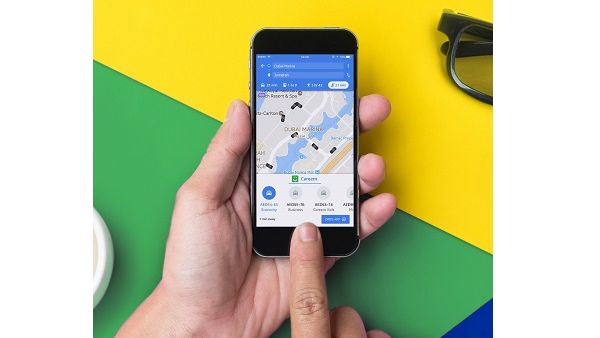Go from directions to destinations as Careem announces integration with Google Maps

In a move aimed at further strengthening its commitment to user experience and convenience, Careem, the region’s leading ride-hailing service, announces that it is now integrated into Google Maps. The service is currently available on Android and iOS to users in the UAE and will be rolled out across the other markets in the region, in the coming weeks.
The integration of Careem’s services with Google Maps means a faster ride-hailing experience for users of both the apps. For users searching for directions in Google Maps, a simple tap on the ride-hailing icon on the far right will reveal the closest available Careem cars, along with the expected pick-up time and fare estimate for a ride to their selected destination. At this point, users will have the option to open the Careem app and confirm their booking, with their pick-up and drop-off details transferring to the Careem app automatically.
“As the go-to app for directions and navigation, Google Maps is an extremely popular service and integrating Careem within the app means users can now take advantage of the benefits of both the apps simultaneously. This translates into a seamless and uninterrupted ride-hailing experience for our customers that saves their time and effort and maximizes convenience,” said Wael Nafee, VP of Product at Careem.
“We are deeply passionate about simplifying people’s lives by using the power of technology and building creative alliances, and we remain dedicated to this mission by continuously innovating and rolling out leading-edge transportation solutions for our users,” he added.
Background Information
CAREEM
Careem is the technology platform for our region. A region of over 600 million people that extends from Morocco to Pakistan, Turkey to Sudan. It’s an area of the world that up until now, has largely missed out on the transformational power of the internet revolution – but through its ambition and focus is catching up fast. Half of the population are under 25, and the same amount are connected to the internet yet only a small proportion have bank accounts, access to public transport and critical infrastructure.






